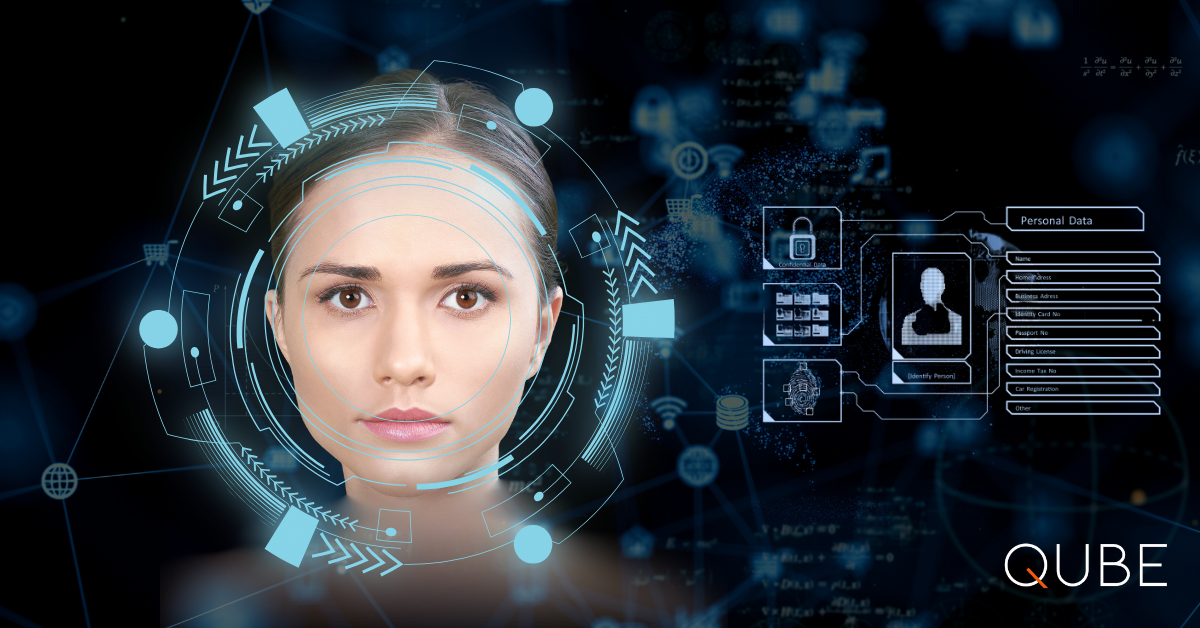Categories
As a seller of facial recognition devices, I’ve spent years helping customers get the most out of this technology, and I’ve seen firsthand how often simple mistakes—like poor lighting or improper camera placement—can lead to frustration. My goal is to ensure your system works seamlessly, whether it’s for securing your business or adding convenience to your daily routine.
That’s why I’m sharing these facial recognition tips to optimize lighting and placement, drawing on my experience with the common pitfalls that can affect performance.
Let’s explore the challenges, key do’s and don’ts, and practical strategies to ensure your facial recognition system delivers reliable, accurate results every time.

In my years of selling facial recognition devices, I’ve learned that lighting and placement are make-or-break factors for success. This technology relies on analyzing distinct facial features—like the shape of your eyes, nose, and jawline—to create a digital map for identification. If the lighting is uneven or the camera is poorly positioned, the system struggles to capture those features accurately, leading to failed scans or false rejections.
I’ve had customers call me frustrated because their device wouldn’t recognize them in dim light or because the camera was mounted too high to capture their face properly. Getting these elements right isn’t just about performance—it’s about ensuring the security and convenience you expect from facial recognition.
As a seller, I often hear about the same issues that prevent facial recognition systems from working as intended. Understanding these pitfalls can help you avoid them and get the most out of your device. Here are the challenges I see most frequently:
Over the years, I’ve developed a set of best practices to help my customers avoid the pitfalls of facial recognition. These facial recognition tips focus on lighting and placement, ensuring your device works reliably in any setting.
Use diffused lighting to illuminate the face evenly, avoiding shadows that can interfere with recognition. I recommend installing soft overhead lights or using a ring light for consistent results.
Position the camera directly at eye level to capture the full face without distortion. This is especially important for fixed systems like security cameras at entry points.
Keep the area behind the user plain and free of clutter to help the system focus on the face. A solid wall or backdrop works best in high-traffic areas.
Avoid placing the camera in front of a bright light source, like a window, as it creates a silhouette effect that obscures the face. I’ve seen this issue in many office setups near large windows.
If the camera is too far, it misses fine details; too close, and it distorts the face. Place in an area suitable for keeping users 1-2 feet away for optimal clarity.
Glare from glasses, jewelry, or nearby mirrors can confuse the system. I always suggest minimizing reflective objects in the scanning area.
Based on my experience, here are my top facial recognition tips to optimize your system’s lighting and placement. These practical strategies can help you avoid common issues and ensure consistent performance, whether you’re installing a device at home, in an office, or for a larger security setup.
Opt for soft, diffused lighting—like a ring light or overhead lamp with a diffuser—to evenly illuminate the face and reduce shadows. I’ve seen customers transform their system’s accuracy just by switching to a softer light source.
Mount the camera at eye level and directly in front of the user to capture their face accurately. For a recent business client, adjusting the camera height at their front desk eliminated most failed scans.
Position the user so there’s no bright light behind them, as this can create a silhouette effect. I often recommend testing the setup at different times of day to account for sunlight changes.
Use a simple, non-reflective background to ensure the system focuses on the face, not distractions. For a retail client, we swapped out a glass backdrop for a plain wall, and their system’s performance improved significantly.
Ensure users are about 1-2 feet away from the camera for the best results. Too close or too far can lead to errors, so I often suggest marking a spot for users to stand, especially in high-traffic areas.
If users wear glasses, angle the lighting slightly to the side to minimize glare, which can interfere with recognition. I had a client whose employees struggled with scans due to reflections on their glasses, and this simple adjustment made a huge difference.
Beyond lighting and placement, there are a few other facial recognition tips I share with my customers to ensure long-term success.
First, keep the camera lens clean—dust or smudges can degrade image quality, and I’ve had clients resolve issues simply by wiping down their device.
Second, test your setup under varying conditions, like different times of day or weather scenarios, to catch potential problems early. For example, one customer discovered their outdoor system struggled in the late afternoon sun, so we added a shade to fix it.

I also recommend updating facial templates periodically, especially if users’ appearances change—like growing a beard or switching to contacts. This keeps the system accurate over time. By combining these strategies with proper lighting and placement, you can trust your facial recognition device to perform reliably in any situation.
As a seller, I’ve seen how transformative facial recognition can be when set up correctly—and how frustrating it can be when it’s not. By focusing on lighting and placement, you can avoid the common pitfalls that lead to failed scans and ensure your system delivers the security and convenience you expect. These facial recognition tips—using soft lighting, positioning the camera at eye level, avoiding backlighting, and keeping backgrounds simple—are designed to help you get the most out of your device.
With a little care, you’ll unlock the full potential of facial recognition and enjoy a seamless, secure experience every time.